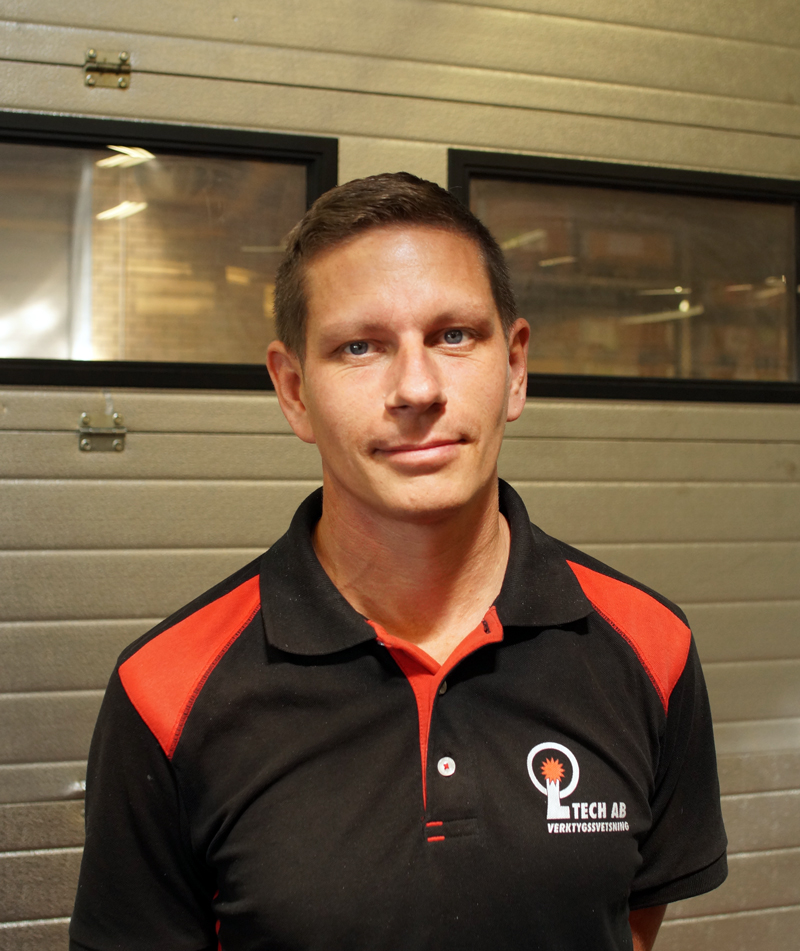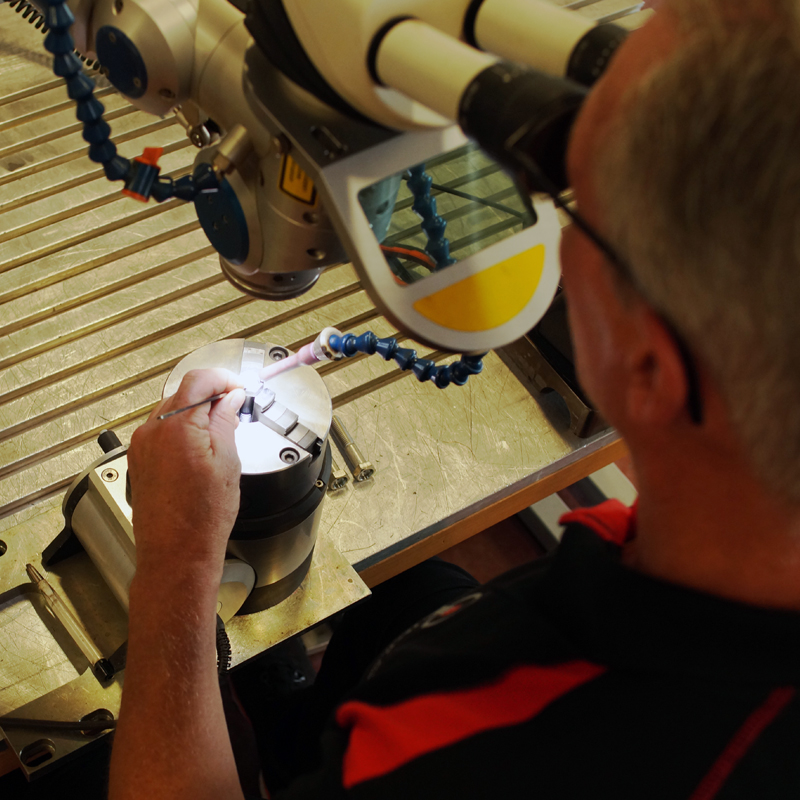Why are Strainlabs housings laser welded?
The attachment of Strainlabs sensor-housing in the bolt cavity is a sensitive part of our production and important for preload data precision. Other methods of attaching the sensor-housing were tested end excluded, before landing in welding as the superior method. But how to weld something so small? Patrik Karlsson at Ltech explains: “When you are working with small details that need high precision, laser beam welding is optimum. You get high quality results without deformations since the laser enables a quick warm-up and a focused beam with a high, narrow and dense effect”. The technique is used in anything from jewellery, high precision surgery and for space- and military R&D.
A substantial part of Ltechs business is as a service partner for tooling repairs to companies such as Volvo Cars. Precision welding of Strainlabs housing to the bolt is part of their specialty welding division:
“Besides Strainlabs we are working with for example GKN Aerospace who also have extreme requirements when it comes to safety and mechanical strength. An important benefit with laser beam welding is that the technology does not change the composition and structure of the steel since the heat affected zone is limited to a very small area”.
Patrik Karlsson, Ltech



